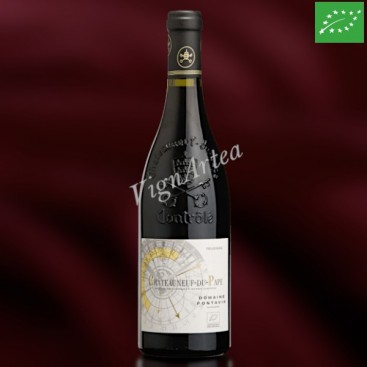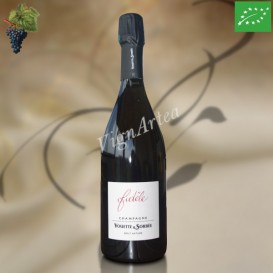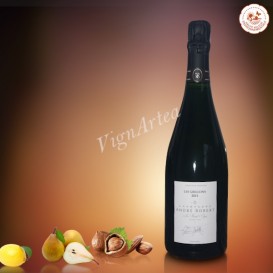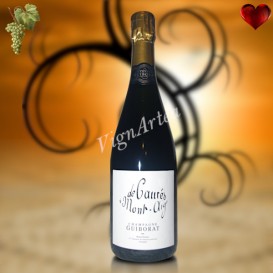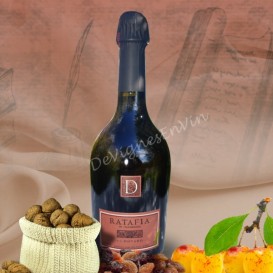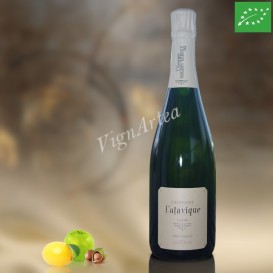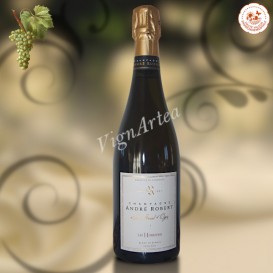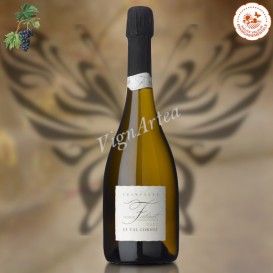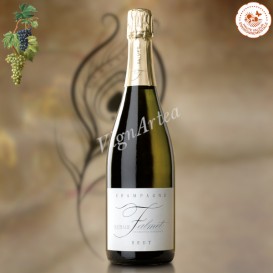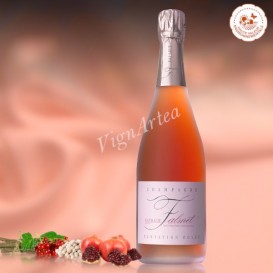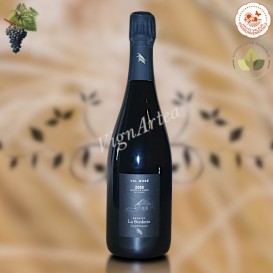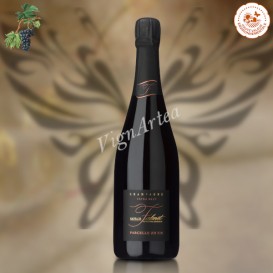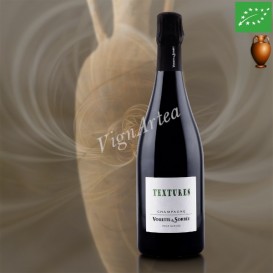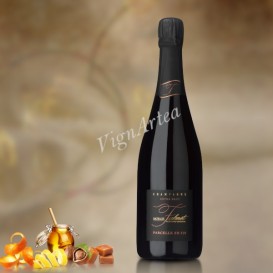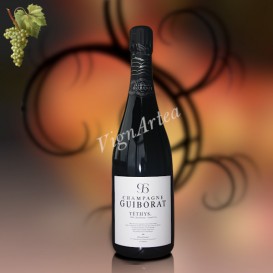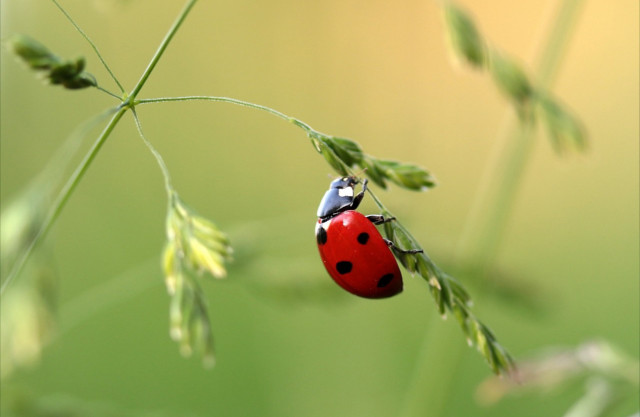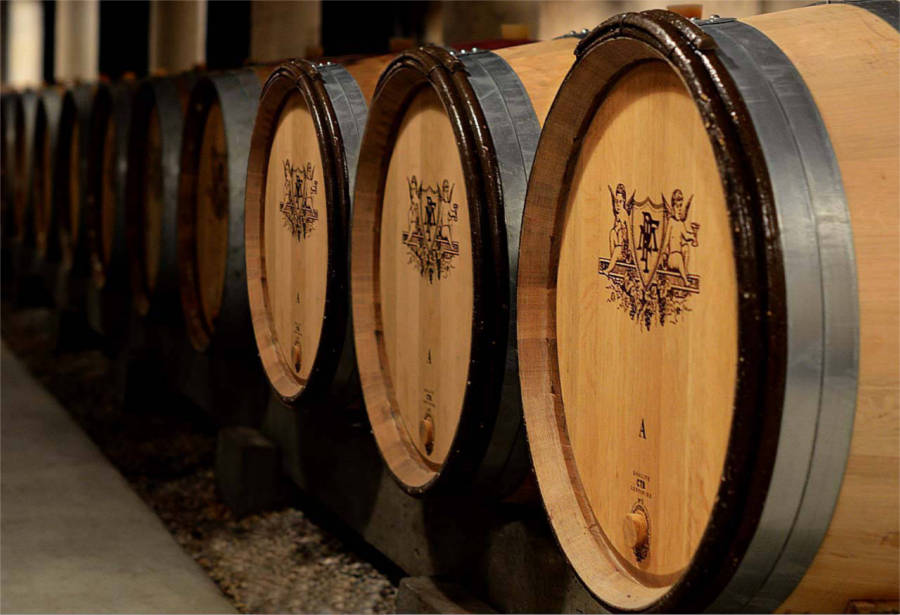TRILOGIES 2020 (Domaine Fontavin)
RHÔNE - AOP CHÂTEAUNEUF-DU-PAPE - RED WINE
Grape varieties: Grenache noir (80%) - Syrah (15%) – Mourvèdre (5%)
Native yeasts
Ageing for 12 to 15 months in concrete tanks and demi-muids
- Nose: intense. Notes of roasted cocoa beans, sweet spices, black fruits with a touch of vanilla.
- Palate: ample, silky and sapid. Fine tannins. Licorice finish.
- Tasting date: April 2023.
- OUR OPINION: very nice vintage, well balanced, fine and silky. It is elegant and distinguished. Nice work!
TERROIR
The soils and subsoils of Châteauneuf-du-Pape are complex and we can find there various deposits, in terms of their origin, age and nature. The fundamental substratum of the massif is represented by sands and sandstones deposited by the sea during the Miocene, at the time of the helvetian (-16 to -11 My). They are more particularly exposed on the edges of the massif, in the north on Orange and Courthézon, and in the south between Bédarrides and the village of Châteauneuf. These soils are covered with rolled pebbles from the upper plateaus.
In the Pliocene (-5 to -2 My), a new sea coming from the south fills the valley and the hill of Châteauneuf becomes an island. When the sea withdraws, it deposits vast layers of rolled pebbles, made of alpine quartzite pebbles mixed with a red clay matrix. We find them towards Cabrières, Mont-Redon, Farguerol, La Crau or Les Bois Sénéchaux.
At the end of a new glacial episode that took place between 370,000 and 13,000 years ago, the Rhône deposited another level of terrace, called the Riss terrace, lower down towards Sorgues. These soils have the same qualities as the high terrace but they are sensitive to drought because they rest on a thick filtering gravel.
It is this complexity of the three terroirs that we find blended in the TRILOGIES cuvée and that makes it a very balanced wine.
WINEGROWING & WINEMAKING
The cuvée TRILOGIES owes its name to the fact that it is composed of 3 grape varieties and the 3 most representative terroirs of the Châteauneuf-du-Pape designation.
The age of the vines varies from 40 to 80 years.
The vines are cultivated according to the principles of the Organic Agriculture: one row out of two is grassed, and the soil is enriched by adding sheep compost.
The grapes are harvested manually and totally destemmed. They are placed in stainless steel vats for a maceration period that lasts between 3 weeks and one month.
The alcoholic fermentation starts spontaneously under the action of indigenous yeasts. Pumping over and punching down, which consists of breaking the marc cap that forms at the vat's top in order to mix them with the fermented juice, allow a gentle extraction of tannins and color.
At the end of maceration, the must is pressed and the free-run juice is blended before being transferred to concrete tanks and French oak demi-muids for an ageing phase for 12 to 15 months.
The must is then lightly filtered and bottled.
| Country | Rhône Valley |
| Color | Red |
| Orange wines | No |
| Clay amphorae wines | No |
| Type | Dry |
| Vintage | 2020 |
| Capacity | 75 cl |
| Variety | Grenache (80%), Syrah (15%), Mourvèdre (5%) |
| Main Grape Variety(ies) | Grenache noir |
| Alcohol rate | 15 % |
| Quality Designation | Châteauneuf-du-Pape |
| Cellar Potential | 10 years |
| Service advise | 16-18°C. Decant 1/2hr before the service. |
| Culture Methods | Certified Organic Agriculture |
| Fining | No |
| Filtering | Yes |
| Comments | Maceration for 3 weeks -1 month ♦ Native yeasts ♦ Ageing for 12 to 15 months in concrete tanks + demi-muids. |
| Stopper | Natural cork |

